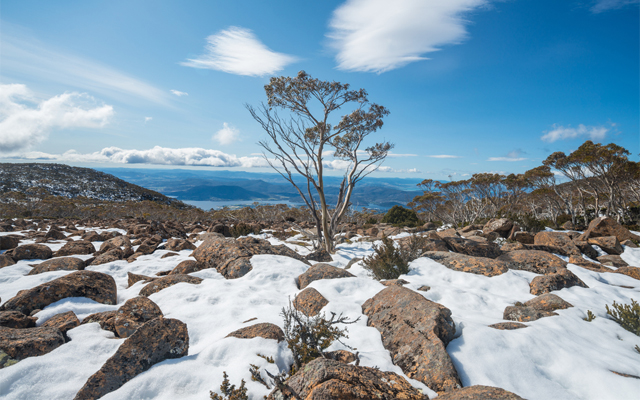With destination awareness maturing in Asian travel markets, Tourism Tasmania is looking to highlight winter experiences to the region’s travellers to grow low-season holiday demand.
Tourism Tasmania recently completed the Malaysia and Hong Kong legs of its Asian Tourism Mission, which is also taking the tourism promotion body to other markets including Singapore.

Travel from Asia to Tasmania doubled in the last four years, surging from only 150,000 to 300,000 for this year.
Malaysia is among the top seven international arrival markets for Tasmania, after Asian markets such as China, Hong Kong and Singapore. From Malaysia, Tasmania has seen a 68 per cent year-on-year increase in total visitor nights to 364,000 nights for the year ending March 2018.
Meanwhile, the destination recorded 26,000 visitor arrivals from Hong Kong, up 25 per cent year-on-year.
Tourism Tasmania CEO John Fitzgerald told TTG Asia on the sidelines of the mission in Hong Kong last week: “The Hong Kong market has matured and so has its understanding of Tasmania. However, we want to work with market… to develop ways to entice people to travel in Tasmania’s snowy winter months. We need to determine how we can offer not just a totally different experience but also a contrasting seasonal one, attracting more travellers in low season.”
Playing up the destination’s winter appeal, Fitzgerald pointed out that Tasmania’s “pricing is more competitive than summer while at the same time, seafood and produce are at its best”.
Attractions include easy accessibility to wildlife, self-drive tours and gastronomy. Soft adventure attractions such as glamping is also on the rise, Fitzgerald shared.
Most of the 15 Tasmanian exhibitors involved in this mission, already successful in the summer months, are looking to supplement the success with better low season business.
Bridestowe Lavender Estate, already known for its flower season lasting two months in the summer, has created all-year-round tour experiences such as soap making classes, tea tasting, cooking and craft demonstrations.
Another seller, Shannon Wells, managing director of Par Avion Airlines of Tasmania, said the company was promoting a product launched this month – scenic flights over Freycinet Peninsula and Wineglass Bay, targeted at the Asian markets. The three-hour programme flies over the east coast and includes an exploration of the Maria Island National Park.
In Hong Kong, Alex Lee, general manager of Miramar Travel, acknowledged that “Tasmania’s winter is attractive and outside of the water sports, there are authentic activities like star gazing, fishing and outdoor BBQ”, in addition to being about 20 per cent cheaper on land compared to the summer season.
However, he pointed out: “The down side is the lack of direct access, and transit flights mean more cost for airfares.”
Still, new domestic flights from Adelaide (launched April 2018) and Perth (launched in September 2018) are boosting air capacity and providing access to Tasmania for international travellers.
Moreover, Hobart International Airport’s runway extension completed this April, allowing it to service widebody jets. The international terminal is scheduled for completion by December 2019, revealed Fitzgerald.
In Malaysia, Fitzgerald also shared that Tourism Tasmania is working to attract direct flights from South-east Asia, and is expected to be “a game changer” for the destination when that happens.
In terms of hospitality infrastructure, the Australian island will see at least 1,200 additional hotel beds in the next 18 months. International brands investing in the area include Marriott (165 rooms), Crowne Plaza (295 rooms) and Hyatt Centric (206 rooms).
- Additional reporting by S Puvaneswary




















